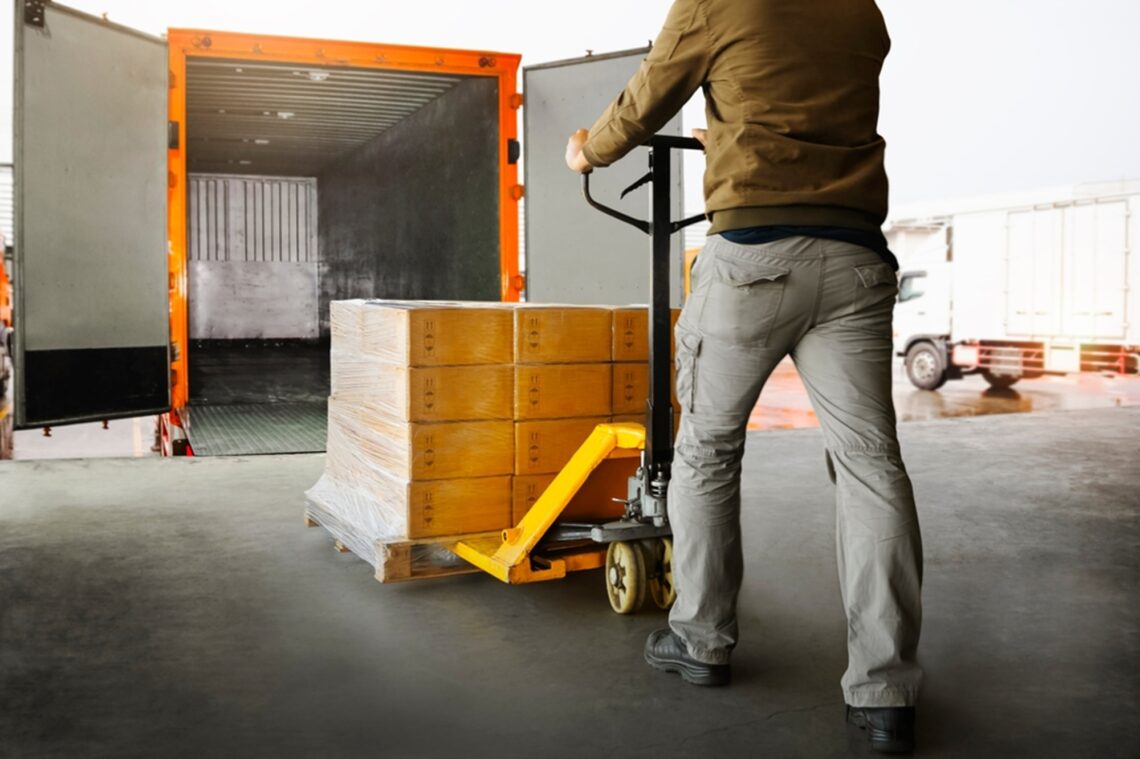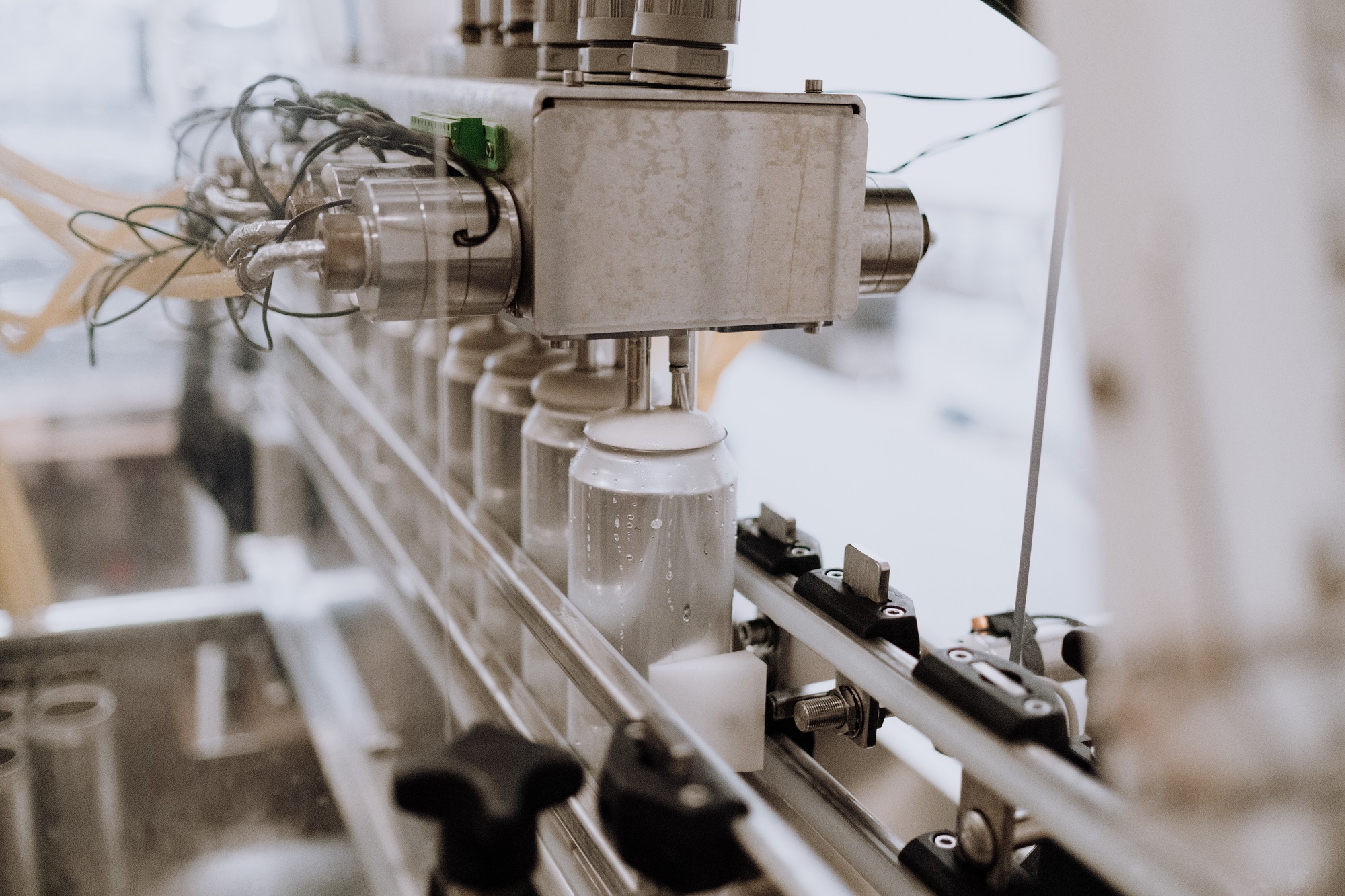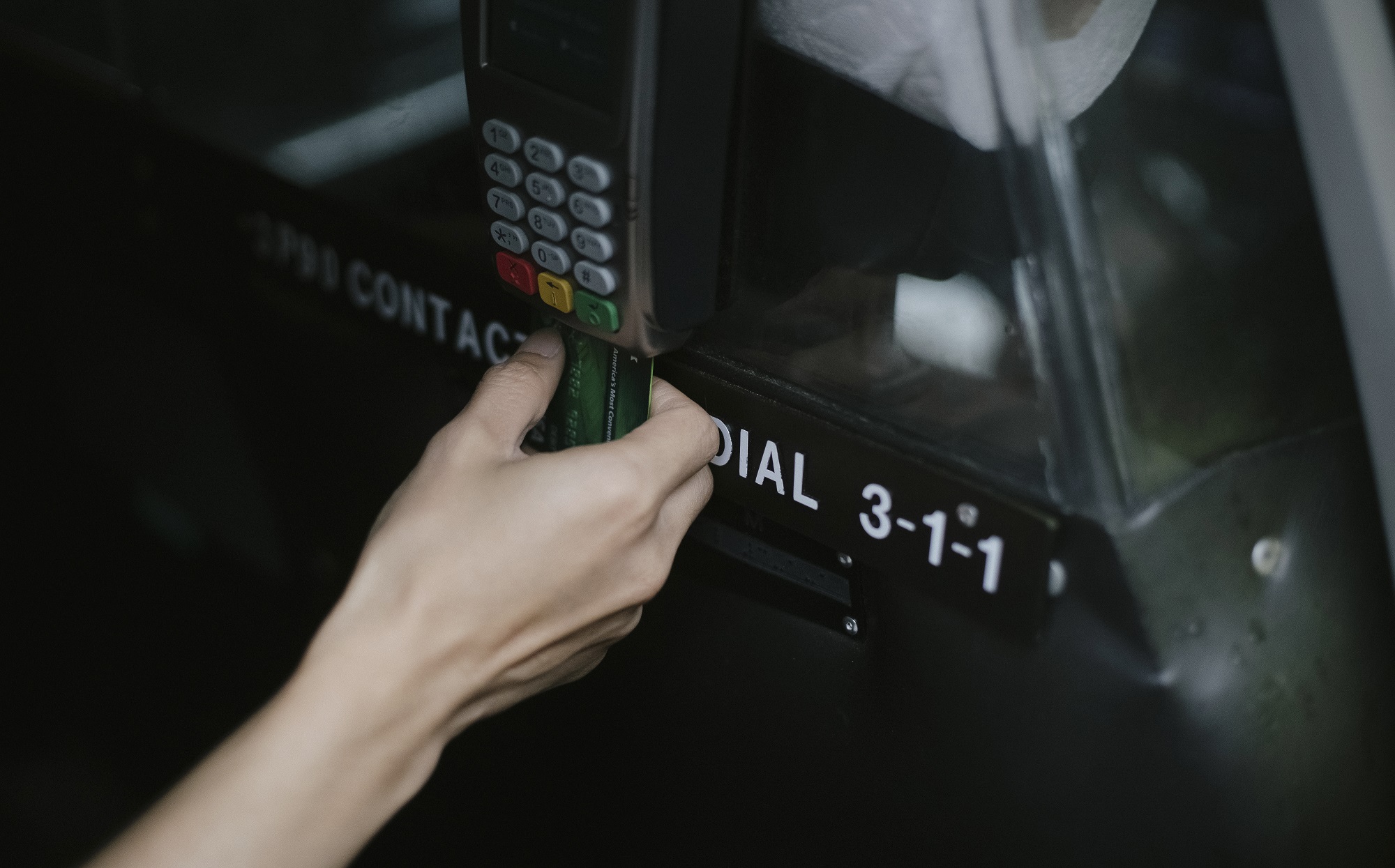
From Warehouse to Customer: The Journey of Your Online Order
It feels like magic when you click “Buy Now” on an online store. And within a day or two, sometimes even hours, a tightly packed item is at your door. Behind that convenience, though is a complicated and highly coordinated journey from warehouse to the customers’ front doors. Knowing what happens after you click “Place Order” is one step to understanding the technology, logistics and planning that drive modern e-commerce.
1st Step: The Order Confirmation
The moment you hit “buy,” things start moving behind the scenes. Your order details go straight to the retailer’s main system, where they’re lined up for processing. Smart software quickly checks if everything’s in stock, confirms your payment, and picks the warehouse that can get your order to you the fastest. It all happens in just a few seconds — you don’t see it, but this is the moment that kicks off the entire journey of getting your purchase to your doorstep.
2nd Step: Picking the Product
When your order reaches the warehouse, workers start picking your items. Many modern warehouses use smart machines, like robots or small vehicles, to help find and collect products from the shelves. In busy places, this helps save time and avoid mistakes. Each item is scanned, checked, and then placed in a bin or on a moving belt that takes it to the packing area.
3rd Step: Staging for Shipment
Before your order is packed, it often passes through a staging area—especially in facilities that batch multiple orders at once. This is where the right equipment becomes critical. Many advanced warehouses integrate their automated handling systems with durable, uniform platforms to move goods efficiently. That’s one reason why some facilities choose to buy plastic pallets. Their consistent dimensions and smooth surfaces allow automated conveyors and robotic forklifts to work without jams or delays. In high-speed environments, even a small disruption can cascade into hours of lost productivity, so having the right materials keeps the process smooth.
4th Step: Packing with Precision
Packing is an art and science as well. The goal is to protect your purchase without wasting materials or space. Automated packing stations can size boxes to the exact dimensions of the product, add protective filler and even print and apply shipping labels without human intervention. Human workers may still step in for oddly shaped or fragile items, but for standard goods, automation ensures that each package is sealed and ready in seconds.
5th Step: Handing Off to the Carrier
Once packed, your order joins hundreds or thousands of others on outbound pallets or rolling cages. Here, the efficiency of earlier steps pays off, because when the warehouse is set up for seamless movement between automated picking, staging and loading, handover to the delivery carrier is quick and precise. The shipping company scans your package, loads it onto the correct vehicle and begins its own logistical dance to get your order moving toward your doorstep.
6th Step: The Last Mile
The ‘last mile’ is often the most challenging and expensive part of delivery. Shipments all bound for the same state or city can benefit from economies of scale – all going on the same truck, airplane or railcar so the cost is shared across all the individual packages. But that tricky last mile has to be bespoke, the package must go to your front door and it may be the only one going to that area. From a courier van navigating city traffic to a rural driver covering miles of countryside, this stage involves many variables. Weather, road closures and delivery schedules can all affect timing. Increasingly, companies are experimenting with technology like route optimisation software and even drones to make last-mile delivery faster and more predictable.
7th Step: Delivery to Your Door
Finally, the moment arrives! The driver scans your package one last time and leaves it in your hands (or at a designated safe place). For you, the transaction is complete. But for the retailer, the cycle continues as returned packaging is processed, inventory is updated and performance metrics are analysed to find ways to make the next order arrive even more efficiently.
Modern online shopping runs on a careful mix of smart technology and human know-how. From the moment you place your order to the exciting knock on your door, every step is planned to keep things moving smoothly and get your purchase to you as quickly as possible. The next time you order online, you’ll know the invisible journey your purchase has taken and why even something as simple as the decision to buy plastic pallets can have a surprisingly big impact on getting it to you on time.




